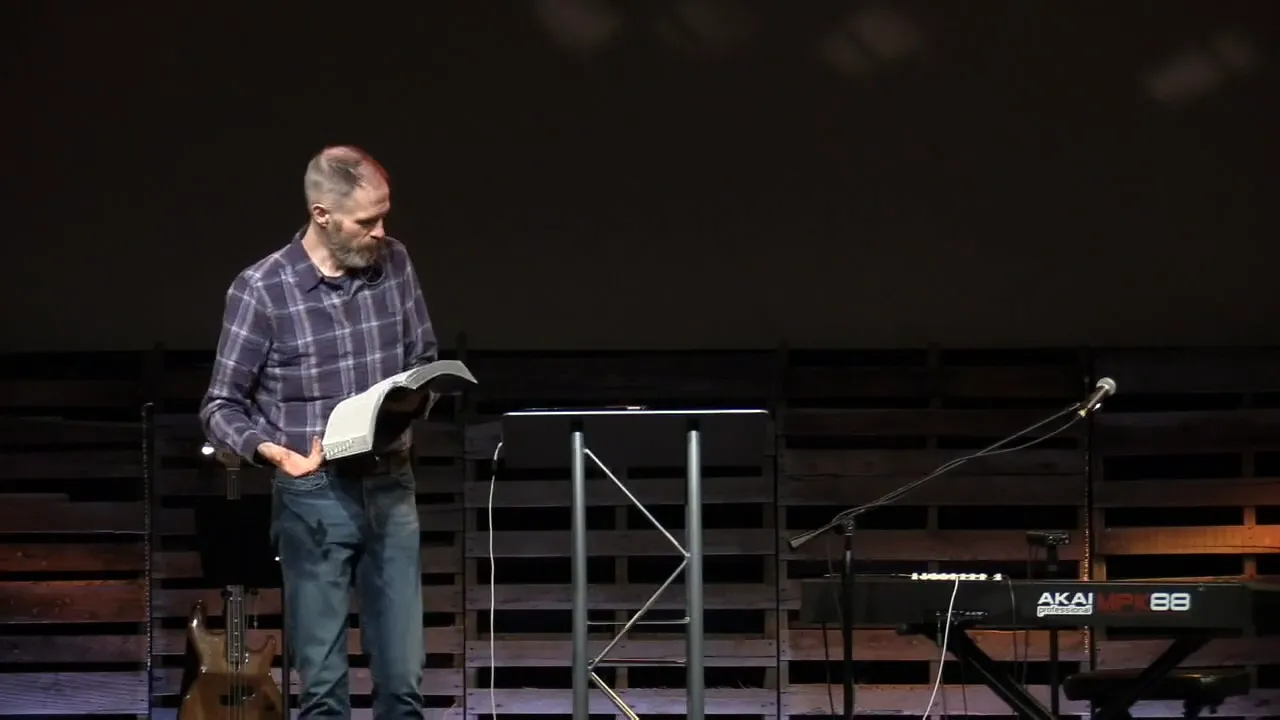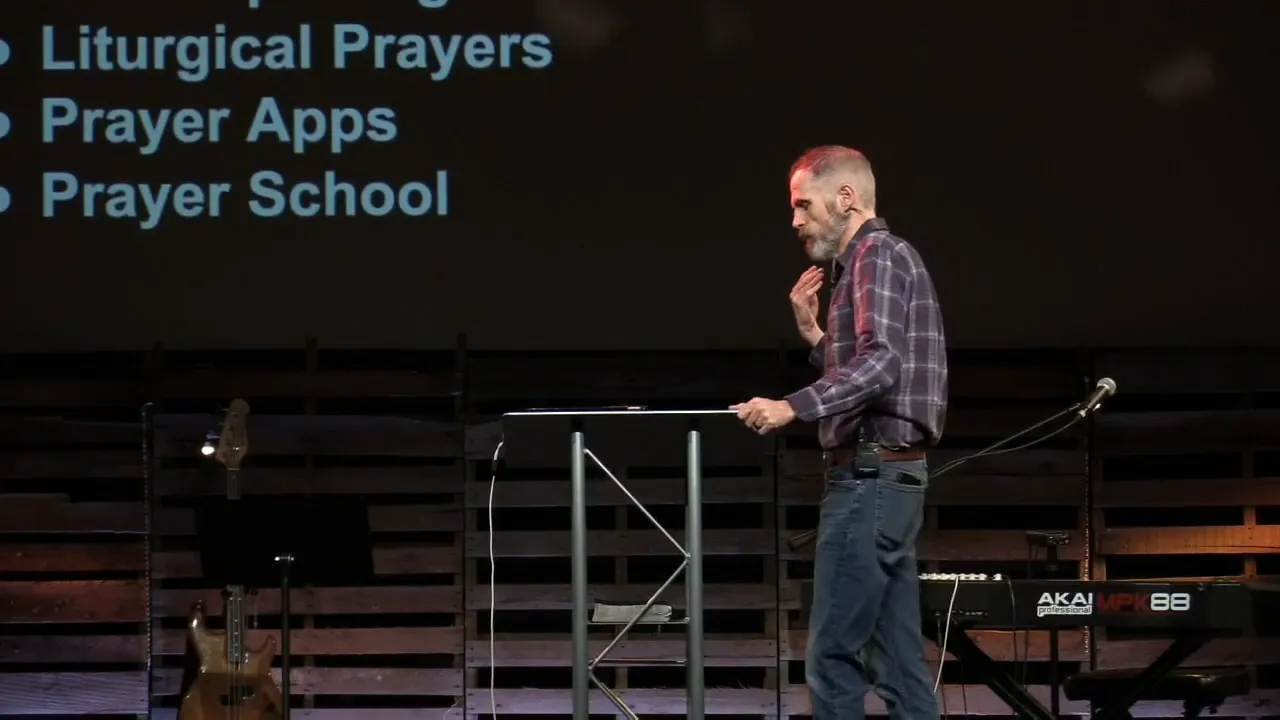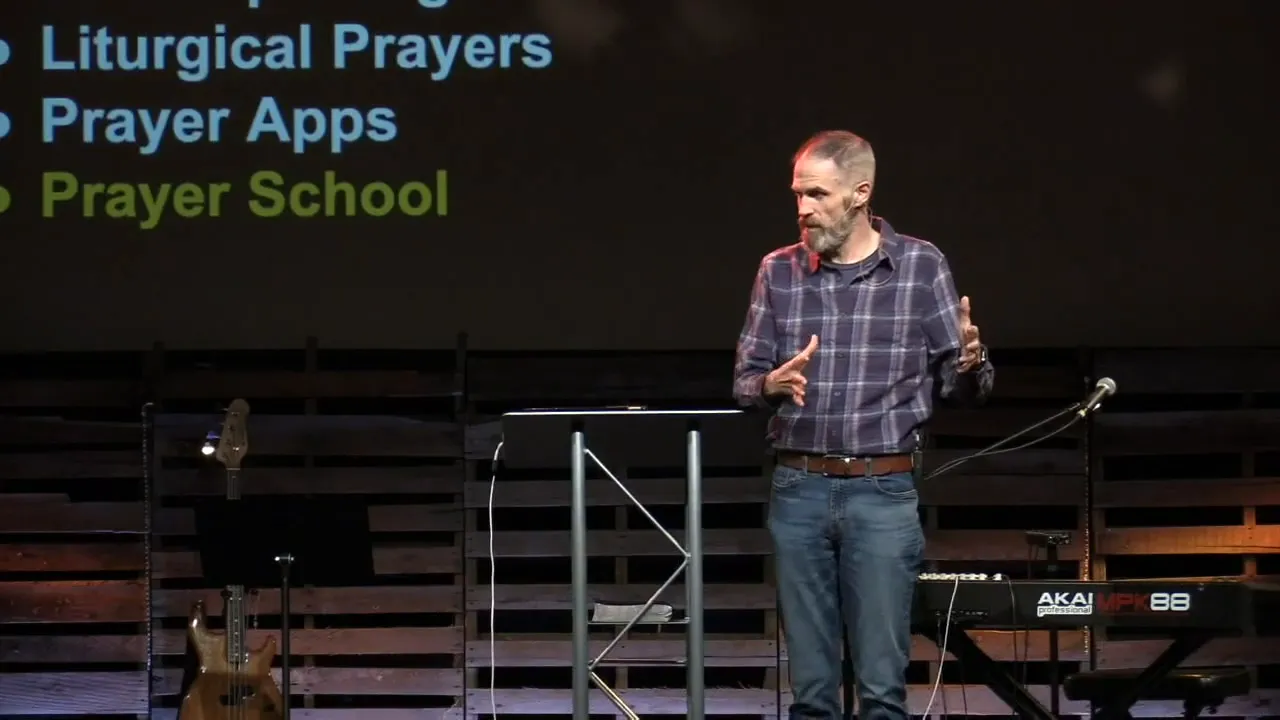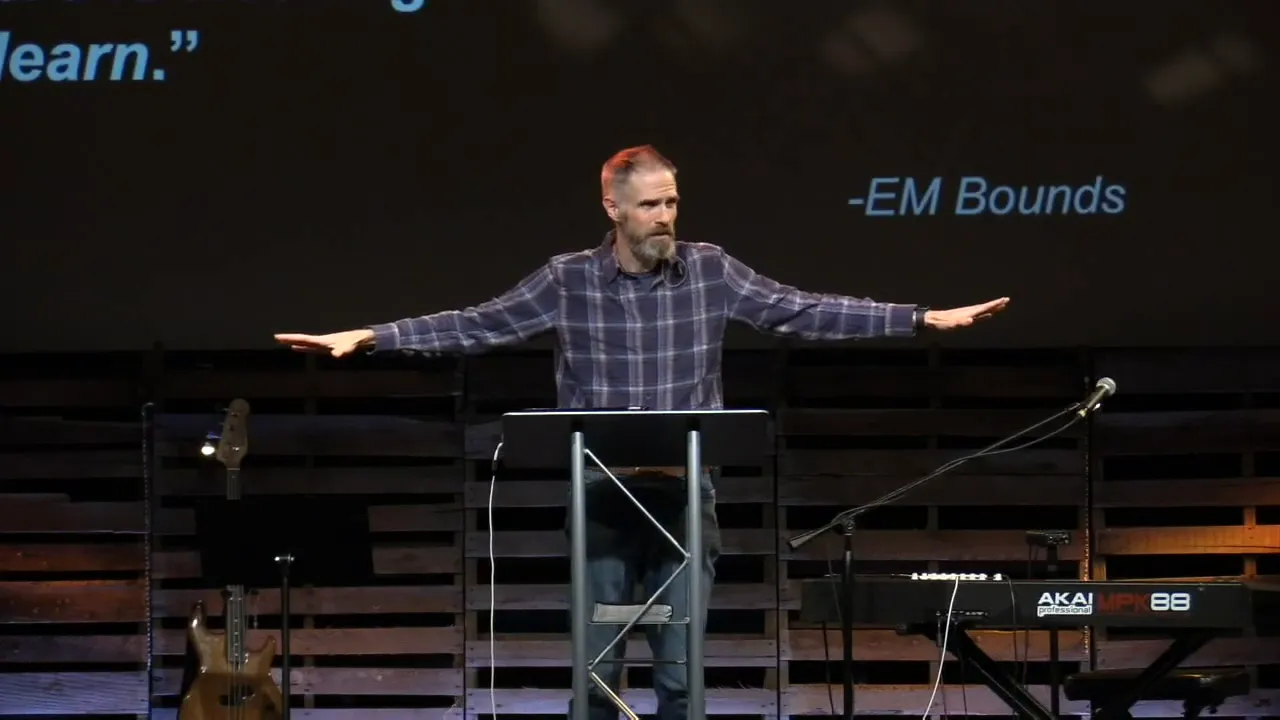Overcoming Prayer Obstacles with Model Prayers
Many of us find ourselves in a cycle when it comes to prayer. We often treat it like a last resort, reaching out only when we need something. This transactional view can lead to feelings of frustration and ineffectiveness in our prayer lives. Today, let’s explore how we can deepen our prayer practice and overcome the obstacles that often hinder us.
Understanding Our Relationship with Prayer
It’s common to view prayer as something we only do in times of crisis, like a spiritual ATM. We forget to engage in gratitude or celebration prayers. This limited approach can make prayer feel burdensome or boring. We may even feel confused about how to pray altogether, leading to a period of being almost prayerless.
To combat this, we need to understand that prayer is not just about asking for things. It’s about maintaining an ongoing conversation with God. The Holy Spirit is there to assist us, especially during moments when we feel weak or unsure of what to say. As Paul mentions in Romans, “the Holy Spirit helps us in our weakness.”

The Importance of Model Prayers
Model prayers can serve as a guide to help us structure our conversations with God. Just like learning to write, where we trace letters to improve our penmanship, we can use template prayers to improve our prayer life. This doesn’t mean we shouldn’t personalize our prayers; rather, it's a starting point to get us moving forward.
One of the most recognized prayers is the Lord's Prayer, where Jesus provides a template for how we should pray. He emphasizes the importance of God’s will, His provision, and our need for forgiveness. This prayer reminds us that prayer encompasses more than just requests; it’s about aligning our hearts with God’s desires.

Types of Model Prayers
There are various forms of model prayers we can incorporate into our lives:
- The Lord's Prayer: A foundational prayer taught by Jesus that covers various aspects of our relationship with God.
- Psalms: The Book of Psalms offers many prayers that express a range of emotions from joy to sorrow, and they can be used in our personal prayers.
- Worship Songs: Singing is a form of prayer. When we sing, we communicate with God, acknowledging His goodness and grace.
- Liturgy: Many faith traditions have crafted prayers that can guide us in our approach to God.
- Prayer Apps: These can serve as reminders and help structure our prayer time.

Building a Consistent Prayer Life
Building a consistent prayer life takes effort and commitment. It’s not just about finding the right words; it’s about opening your heart to God. If prayer feels burdensome, we need to shift our perspective. It should be a blessing, a time for connection rather than a chore.
Consider creating a prayer journal or using a prayer app to track your conversations with God. This can help you stay organized and focused, making your prayer time more meaningful.

Engaging with Others in Prayer
Don’t underestimate the power of communal prayer. Engaging with others can provide support, encouragement, and a deeper connection to God. When we pray together, we share our burdens and lift each other up, which can be incredibly powerful.
Remember, prayer is a skill that can be developed over time. It’s not about perfection; it’s about progress. Start with small steps, perhaps five minutes a day, and gradually increase your time as you grow more comfortable.

Overcoming Common Prayer Obstacles
Many obstacles can hinder our prayer life, such as:
- Fear: Fear of not knowing what to say or how to pray can be paralyzing. Remember that the Holy Spirit is there to help you.
- Distraction: In our busy lives, it’s easy to get distracted. Setting aside specific times for prayer can help mitigate this.
- Confusion: If you’re unsure of what to pray for, use model prayers as a guide. They can help structure your thoughts and give you a starting point.
The Blessing of Prayer
Ultimately, prayer is a blessing that connects us to God. Meister Eckhart once said, “If the only thing you ever pray is thank you, that will be enough.” It’s a reminder that gratitude is powerful and can lead to deeper prayers.
As we wrap up, let’s remember that connecting with God doesn’t have to be complicated. It’s about an open heart and a willingness to communicate. Use model prayers as a stepping stone to a richer prayer life, and don’t shy away from reaching out to God regularly.
Conclusion
Take the challenge to start praying this week. Whether it’s a simple thank you or a structured model prayer, every step counts. Let us lean into prayer, allowing it to enhance our relationship with God and enrich our lives.
